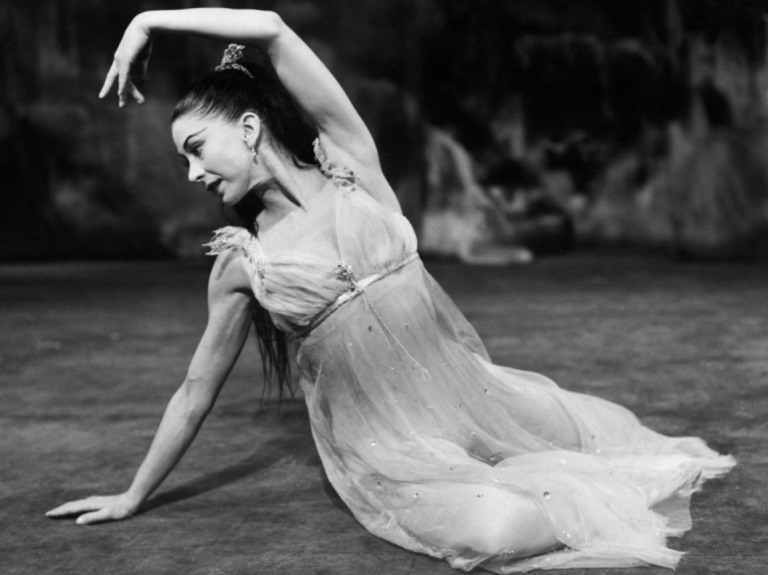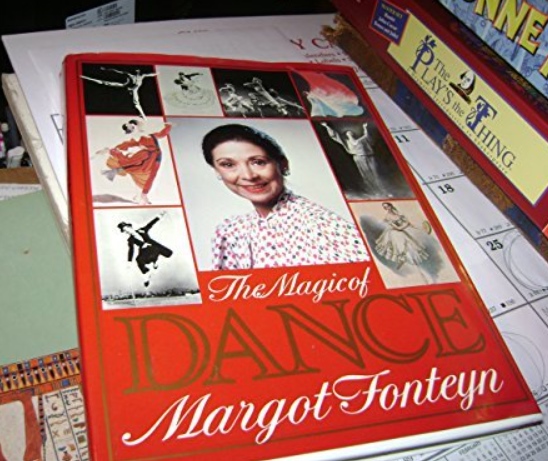Margot Fonteyn (1919 – 1991) was a highly eulogized and critically acclaimed prima ballerina, often considered the best of her time. Words spread around that Fonteyn’s dancing could move one’s heart and thus brought ballet to a whole new level.
She proved it time and time again during her unusually prolonged career with achievements that almost seemed impossible for a woman and a dancer.
Table of Contents
Margot Fonteyn’s Biography
- Birthname: Margaret Evelyn Hookham.
- Nationality: England.
- Born: May 18th, 1919.
- Died: February 21st, 1991 (age 71).
- Parents: Hilda & Felix John Hookham.
- Siblings: Felix Edward F. Hookham.
- Spouse: Roberto Arias.
- Children: N/A.
- Height: 5 feet 4 inches (~160 cm).
- Weight: 114 pounds (~52 kg).
Early Life & Education
An Unlikely Childhood
Margaret Evelyn Hookham was born to a mechanical engineer father and a housewife mother in Reigate, England. Along with her older brother, she was sent to a local ballet class when she was only 4 years old.
Her mother, Hilda, was the first supporter she had. Hilda would even learn with Margaret to have a better understanding of the moves and then share it with the little girl.
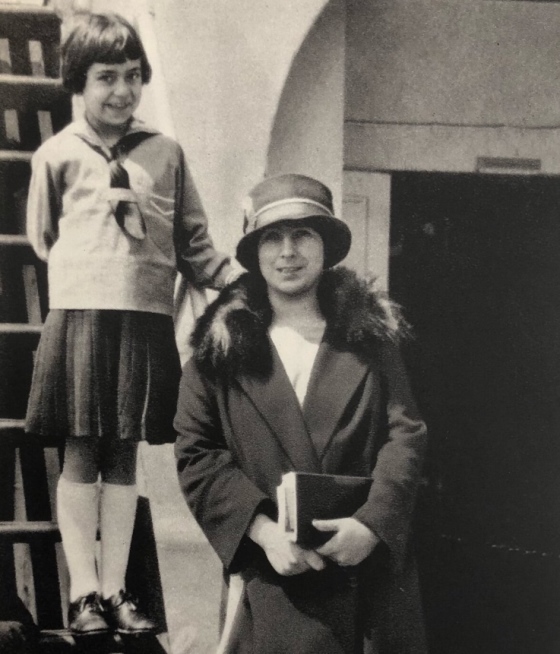
When Margaret performed, Hilda would be backstage and even got the “Black Queen” nickname for her presence. Moreover, Margeret embraced this support with love instead of shying away from her mother.
Margaret’s first public stage came when she was five. The performance immediately received a newspaper comment saying her solo was surprisingly remarkable for such a young dancer. It was made possible because little Margeret was already a perfectionist.
Her ballet education was interrupted when the family moved to Kentucky due to her father’s work, mostly because Hilda wasn’t too sure about how good nearby classes could be.
Ballet Education
After a few years, the Hookham family moved again, this time to Shanghai, China. Here Margeret had the chance to learn from Georgy Goncharov and shared the same class with the later famous June Brae.
Margeret was 9 – 10 years old by then and although she still wasn’t seeing ballet or dancing as a career, she already had quite a strong personality.
She was competitive toward June Brae and outright preferred the smooth Russian methods over the Cecchetti technique.
The family supporting Margeret slowly fell apart as she returned to London with her mother for an actual career in dancing and her father requested a divorce to get married to another woman.
Not letting herself be distracted by the turn of events, Margaret focused on her studies at the Vic-Wells Ballet School, the precursor of the Royal Ballet, as invited by Dame Ninette de Valois and trained by Olga Preobrajenska predominantly.
In 1933, she had her solo debut with The Haunted Ballroom and used the name, Margot Fontes, although this role presented her as an actress rather than a dancer.
Afterward, Hilda and Margaret had to search for another last name because Hilda’s Fontes relatives didn’t want to be associated with a performer.
Finally, they decided to go with Fonteyn. Margaret’s brother also adopted the name Fonteyn during his photography career.
Check more: George Balanchine Biography, Spouse, Ballet Contribution & More Facts
The Way To Become A Professional Ballerina
At Vic-Wells
In 1935, Fonteyn received a role written by Sir Frederick Ashton and became the lead dancer in another work of his, Rio Grande. Ashton commented that Fonteyn’s style was filled with stubbornness and short of polish, yet she still had a certain elegance.
After the former Prima Ballerina of Vic-Wells left, the rest of the dancers had more opportunities to showcase their talent.
Fonteyn came out on top with her unique feline-like grace, often cast as a mythical being such as an unattainable muse (Apparitions) or a wistful flower seller (Nocturne), the latter was a great success.
In this era, Robert Helpmann was Fonteyn’s main partner and is still mentioned with fondness in her biography. With Helpmann’s assistance, Fonteyn improved immensely in theatricality and conquered notable ballets like Swan Lake, Giselle, and The Sleeping Beauty.
Not so long after Fonteyn got promoted to the Prima Ballerina position, World War II exploded. The dancers had to endure stressful schedules to entertain the army and Fonteyn often partnered with rookie male dancers due to the shortage of men in dance companies.
Amazingly enough, this rough time only strengthened Fonteyn in both stamina and skill.
With Covent Garden
At the Royal Opera House, Fonteyn performed The Sleeping Beauty in the presence of the royals.
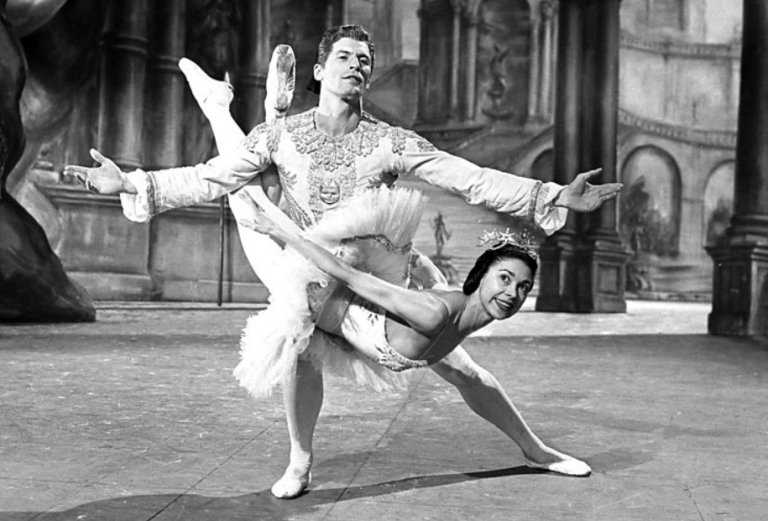
With repurposed and cut-up old costumes, the company managed to premier an absolutely stunning production. With no senior as a model, she had to interpret the character and she did it flawlessly.
After performing Les Demoiselles de la nuit and Don Juan, Fonteyn was injured. She was only able to come back for the 1948 Christmas edition of Cinderella, of course, with brilliant adjustments compared to the traditional version.
In 1949, Fonteyn had her first US tour and became a global phenomenon. She received a downpour of compliments and was even featured in Time and Newsweek covers, credited for popularizing ballet and dance in America.
The early 1950s marked some of Margot Fonteyn’s best performances, such as Daphnis & Chloe and Sylvia. These roles plus the previous achievements got Fonteyn honored in the Order of the British Empire.
Unfortunately, injuries plagued Fonteyn in what was supposed to be her golden era. Hence, she shifted to less pressuring roles and considered retirement, especially after her reunion with Roberto de Arias.
The marriage to Arias got Fonteyn involved in politics and pushed her to continue her career, albeit unstably. Like a light at the end of the tunnel, Fonteyn met the ideal dance partner when she was thought to retire soon.
Margot Fonteyn and Rudolf Nureyev
In 1961, Margot Fonteyn organized the annual gala of the Royal Academy of Dancing, to which Rudolf Nureyev was invited and also marked his London debut.
Nureyev proposed to perform Spectre de la Rose with Fonteyn, yet she declined because she was assigned another partner and unsure if she and Nureyev would have any chemistry on stage.
They thus stuck to their respective partners until the next season.
The first performance this duo had was Giselle, which instantly caused an international craze for more.
Following this success, they continued to partner with Les Sylphides, Swan Lake, Le Corsaire Pas de Deux, Raymonda, and more. Nureyev modified bits and parts of these ballets to further commend their uniqueness and technique.
So, from the uncertainty toward their 19-year age gap, Margot Fonteyn now had a dance partner who synchronized with her like the missing puzzle from the otherwise perfect picture of her career. Their performances were described as “a history maker” and “otherworldly”.
In 1963, they premiered Marguerite and Armand, a ballet written by Sir Frederick Ashton that no other duo recreated for the rest of the 20th century.
With only one solo combined with continuous pas de deux, this work became the pair’s signature, a bond of two geniuses motivating each other rather than mere partners.
Among the works they collaborated on, Romeo and Juliet by Sir Kenneth MacMillan, was another phenomenon that didn’t lose its charm even after a year.
The duo was showered with flowers and demanded curtain calls – a means to show the most earnest admiration and support.
They continued to tour together before and after the incident happened to Fonteyn’s husband and, ignoring the age gap, they became lifelong loyal friends.
If there was an unflattering picture of Nureyev, Fonteyn would never approve of it; if she was invited to dance with another partner and the ballet belonged to his repertoire, she would refuse.
They appeared in An Evening with the Royal Ballet with cuts of their performances, and the documentary broke the records for dance films at that time.
Their partnership extended to the 1970s with Fonteyn’s attempts at modern dances with The Moor’s Pavana (as Desdemona) and the Uris Theatre.
However, as emotional and awe-inspiring as her performances were, it was easy for dance enthusiasts to say rigorous training and dancing were no longer appropriate for her conditions.
They remained close friends after she retired from the Royal Ballet, with Nureyev mentioned in Fonteyn’s biography and informed about her plans as problems.
During the later phase of her life, she seldom accepted roles in Nureyev’s ballets. Their last stage together was Baroque Pas de Trois (1988).
The famous saying from Nureyev about Fonteyn was: “At the end of Lac des Cygnes when she left the stage in her great white tutu, I would have followed her to the end of the world.”
Personal Life
In the first years of her professional career, Fonteyn was in a romantic relationship with Constant Lambert, a composer, yet it ended without going any further.
After an on-and-off time with Roberto de Arias, she got married to him and remained ultimately faithful despite his player reputation. Due to her lack of interest in politics, while Arias was a diplomat, she also had to face criticism.
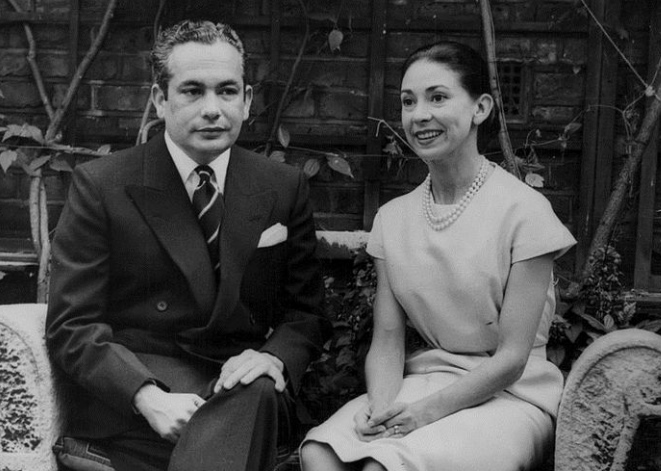
In a failed attempt against Panama’s government, Margot Fonteyn’s husband was shot and ended up paralyzed until he died.
Besides Fonteyn’s passion for ballet, the bills she had to pay for Arias were also a reason for her extended career. It’s safe to say Margot Fonteyn died in poverty because her support later only came from the fund-raising gala.
Awards
In 1951, the first grand award found its way to Margot Fonteyn: Commander of the Order of the British Empire. Five years later, the title was raised to Dame, a title attached to her name from then onwards.
Other significant achievements of Fonteyn:
- Honorary Doctorate (The University of Manchester) (1966).
- The Royal Society of Arts’ Benjamin Franklin Medal (1974).
- The Shakespeare Prize (1977).
- Prima Ballerina Assolute (1979).
- Honorary Doctorate (The Santa Clara University) (1983).
Books
Margot Fonteyn’s books are mostly autobiographies and dance history.
The Magic of Dance (1979) was her first published book and was later produced as a TV series by BBC. It covered various aspects of the significant changes in modern dances and mentioned outstanding dancers.
Later that year, Fonteyn’s second book was released with the title “A Dancer’s World: An Introduction for Parents and Students”, which is still frequently mentioned as an inspiring book for aspiring dancers and parents.
Her Death & Legacy
In 1989, the ballerina was diagnosed with ovarian cancer (which then became the major Margot Fonteyn’s cause of death). It put her in a tough situation because she had spent her savings on her husband’s infirmity and had no pension.
Within only one year, Fonteyn had to undergo three consecutive surgeries, which was beyond what her health could endure and inevitably left her bedridden. She had to sell the jewelry she valued just to pay the bills.
With Placido Domingo singing, Nureyev and Somes danced in a money-raising gala to build a support fund for Fonteyn. Many high-profile names attended and raised a significant amount of £250,000.
Despite all the love and care, her health only worsened with time. Fonteyn concluded the final chapter of her life on February 21st, 1991, exactly 29 years after her first performance with Nureyev.
Having converted to Roman Catholicism, she was able to rest in peace next to her husband in Panama.
In July, a memorial service for Fonteyn was organized in London. Her lifelong friend Nureyev couldn’t attend both occasions due to his struggles with AIDS.
Fonteyn’s hometown Reigate paid tribute to her with a bronze statue depicting her Ondine role. This sculpture was confirmed to be a commissioned work by her worldwide following.
Many years after Fonteyn passed away, the acknowledgment of her talents and contributions still came in multiple forms.
- The University of Durham named the main hall of a building after her as a tribute.
- Selected for the British stamp set “Women of Achievement” (1996).
- Appearances in films and documentaries: Hilary and Jackie (1998), Margot (2005), Daneman’s biography film by BBC (2009).
- A shop for dancewear was opened in Georgia.
- In 2007, an academy of ballet under Mergot Fonteyn’s name was established in New York.
- On her 100th birthday, the Theatre and Film Guild placed a blue plaque at Fonteyn’s childhood residence.
Conclusion
Extraordinary and limitless, Margot Fonteyn has become an icon of ballet in her time and even decades after her passing.
She put Britain on the ballet world map throughout her career, which lasted over forty years, and left behind a legacy that every young dancer would aspire to inherit one day.
The number of dancers from other companies appearing with the Royal Ballet when she was the president of the Royal Academy of Dancing proved the influence she had.
